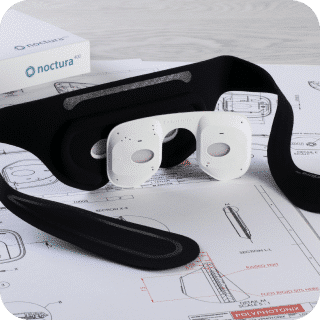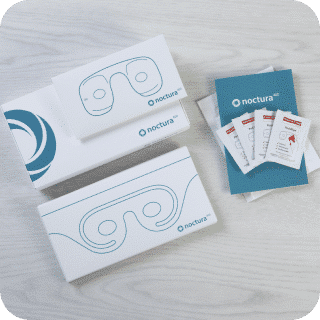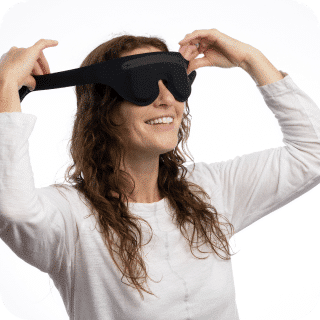Use discount code WELCOME50 for £50 off your first Buy Now order - UK only

We’ll ask you a few questions to set it up. You’ll also have the option to take a free comprehensive eye test with your first mask.

Your Noctura 400 sleep mask will be delivered within 5 working days, straight to your door.

Use it every night when you go to sleep to help treat and prevent your diabetic eye disease.
Noctura 400 has been designed to be a continuous treatment to be used every night. Taking a break from using the mask could lead to further hypoxia which is one of the main causes of retinopathy in people with diabetes. As long as diabetes is present, retinopathy has the chance to develop.
Noctura 400 has undergone extensive safety trials and there is no indication it will make your sight worse. Patients must attend their prescribed check-ups with their eye specialist and if sight is in decline there may be another underlying problem that requires attention.
Some patients do see an improvement in their eyesight, but not everyone should expect to notice any significant improvement in visual acuity. It depends on the patient’s condition and stage of their eye disease.
The wavelength (colour) and the low intensity (brightness) of the light has been specifically selected to minimise sleep disturbance. Most people find that they quickly become accustomed to the light and can ignore it.
Noctura 400 has undergone extensive design usability trials and includes a comfortable fabric mask which has been ergonomically designed with comfort in mind. Some people may find it unusual for the first couple of weeks, but most people soon become accustomed to it and wearing it becomes a normal part of their night-time routine.